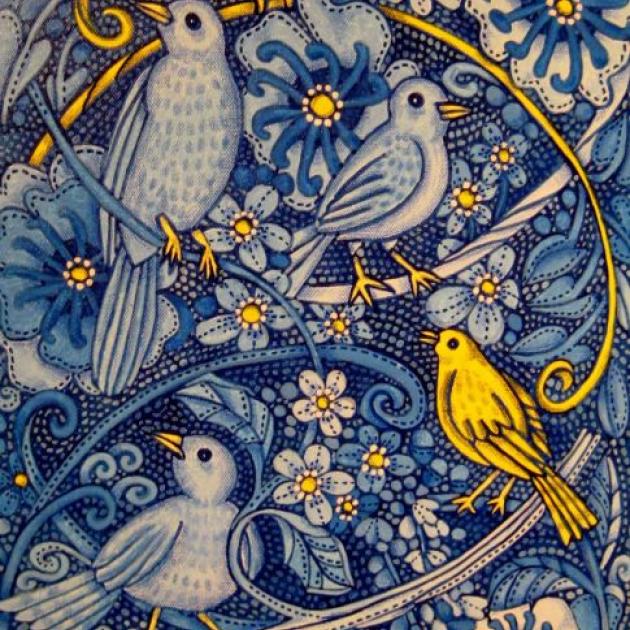
''From City to Central'', Otago Art Society, Lakes District Museum & Gallery, Arrowtown
After being appointed as the current president of the Otago Art Society, artist Jenny Longstaff transformed an intended solo show in Central Otago into a collective exhibition by the society.
The result is ''From City to Central'', a sampling of some of the best work being produced by the region's professional and amateur artists.
The title refers to both the range of subject matter, from Anzac Ave to Milford Sound, and to the attempt to take the city-based organisation further afield.
Longstaff's own work incorporates the digital fractal art for which she is known, but the photographic images are slightly overshadowed by her paintings, which appear like a cross between stylised stained-glass windows and intricate textile designs.
Garden Glimpse is particularly gorgeous, lushly coloured and joyfully executed, while Birds in the Branches is like a cutting from a very striking fabric or paper design.
The efforts of her fellow members are no less successful. Cathryn Shemansky's landscapes, impressively drawn in pastels, are a standout in the show. The treatment of light and shadow in Norman Hunter's The Gold of Dansey's Pass is exceptional, and full justice is done to the grandeur of the Remarkables by Nic Dempster and Barbara Cushen.
Dempster's Remarkables Remembered is an abstracted work of heavy outlines and block colours, yet immediately recognisable, while Cushen's more traditional interpretation is crisp and clear.
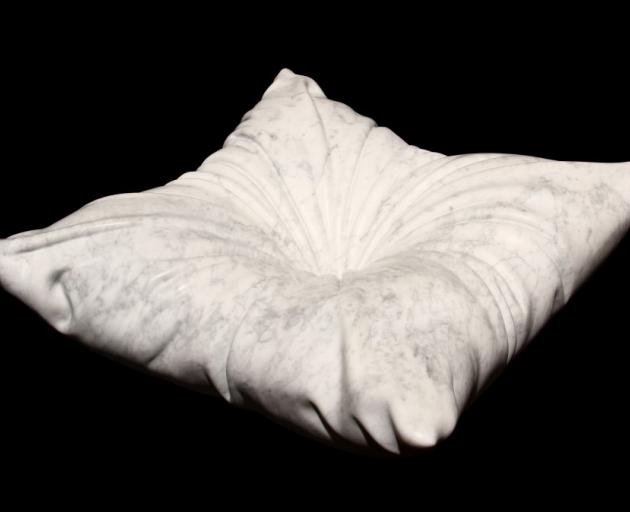
''The Royal Queenstown Easter Show'', Milford Galleries Queenstown
Milford Galleries Queenstown's current exhibition is both feature presentation and preview, offering a sneak peek at representative pieces by well-known artists, many of whom will have their own solo show later in the year.
Sculptural installations and more conceptual works dominate the selection, with an emphasis on still life and abstract subjects.
Sculptor Martin Selman is known for his marble reproductions of everyday objects, and his Button is a particular triumph, a realistically carved cushion that defies the cold solidity of its medium to appear suitably soft and malleable.
Likewise, his Pistol and Kotiate have a fragile, insubstantial appearance, as if casually formed from crumpled paper.
There is a calming simplicity about the smooth spherical marble and granite of John Edgar's Black Lens and White Lens, while Katherine Smyth's Pumpkin and White Squash (Gold Stripe) vessels inspire a sense of light-hearted fun that does not detract from the technical skill involved in their creation.
Among the paper works is Dick Frizzell's Big Bunch, which gives new energy to the traditional flower painting. Simon Edwards' The Wilderness has a Mysterious Tongue is an intricate and rather beautiful work, inviting close inspection and leaving an impact far beyond its comparatively small size, and the bright tropical tones of Stanley Palmer's Morning 6 Waiheke are a cheerful contrast to the heavier intensity of neighbouring works.
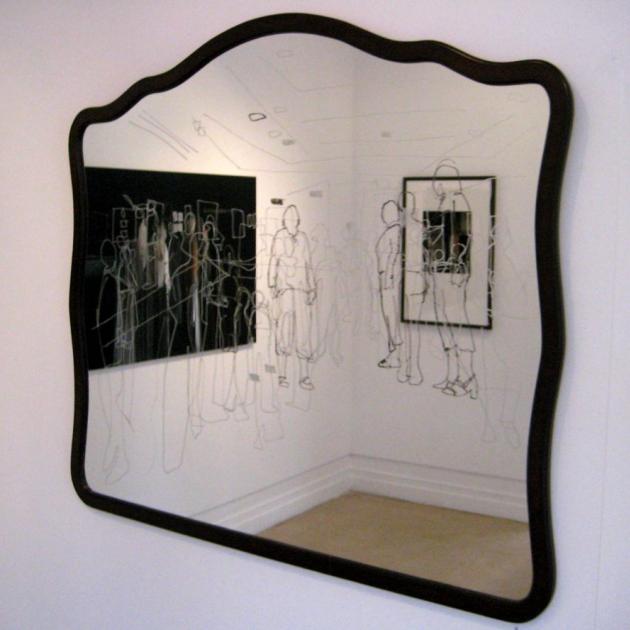
"Absence/Presence'', Odelle Morshuis, Hullabaloo Art Space, Cromwell
Odelle Morshuis' distinctive style captures the pattern of rapid movement over a period of time as people come and go from a certain space.
Her work opens up a narrative as to the transience of human presence, the bustle of daily life, and the ways in which individuals cross paths, infringe on one another's space, and then move on their own way.
Thematically, it seems appropriate for the artist's last exhibition as a member of the collective at Hullabaloo Art Space.
The ''Absence/Presence'' collection is predominantly acrylic and graphite paintings, with one piece, Absence and Presence XII, involving Morshuis' trademark technique of drawing figure outlines on glass.
She has no fixed subjects for the work, but draws from living, moving figures in a constant state of flux.
As they cross through the frame, their presence is recorded, and then the next body overlaps that space, lending the impression of speed and motion.
Although in the past Morshuis has worked on windows, in this case the ''canvas'' is a mirror, which reflects both the viewer and the paintings on the opposite wall, incorporating everyone in sight into the image.
Similarly, the protective glass over other paintings also seems to blend the viewer's own reflection into the bustle of outlined bodies.
From certain angles, the mirror figures appear to be milling about in the gallery, examining the adjacent pieces, creating one cohesive space.
- Laura Elliott

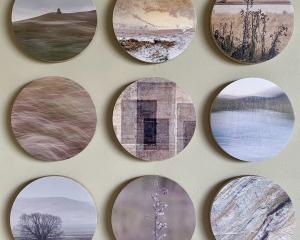
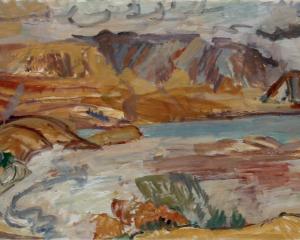







![Untitled (c. mid 1990s, [pink 3]), by Martin Thompson, 415mm×590mm. Photo: courtesy of Brett...](https://www.odt.co.nz/sites/default/files/styles/odt_landscape_small_related_stories/public/story/2024/02/untitled_pink_3.jpg?itok=Q0aQrc9o)

